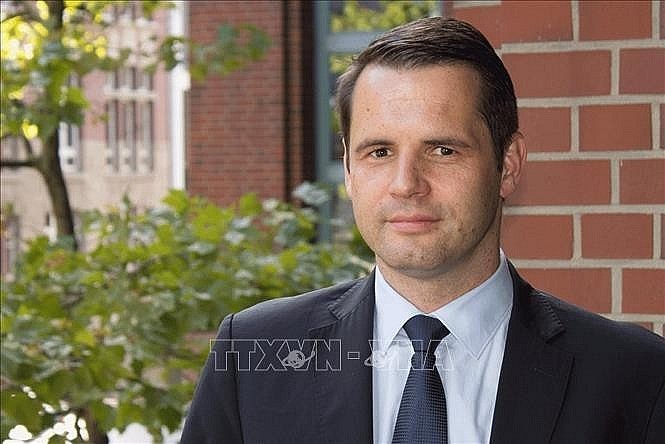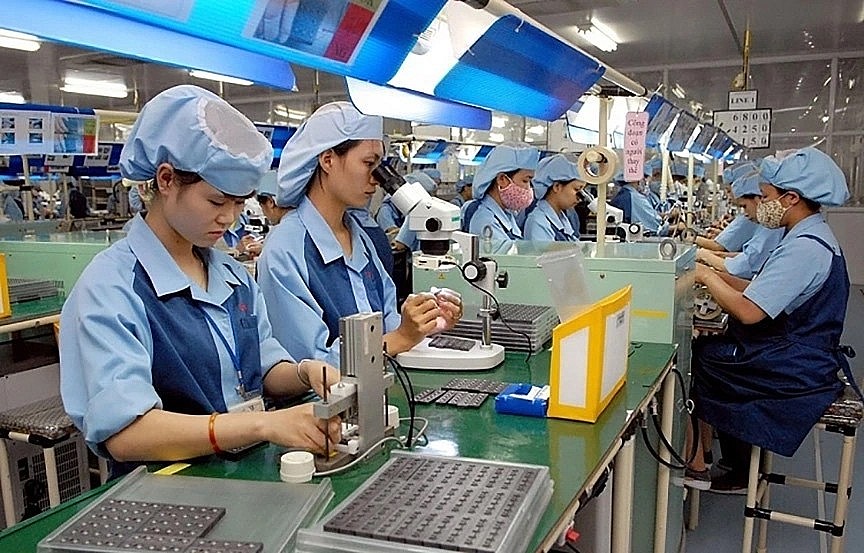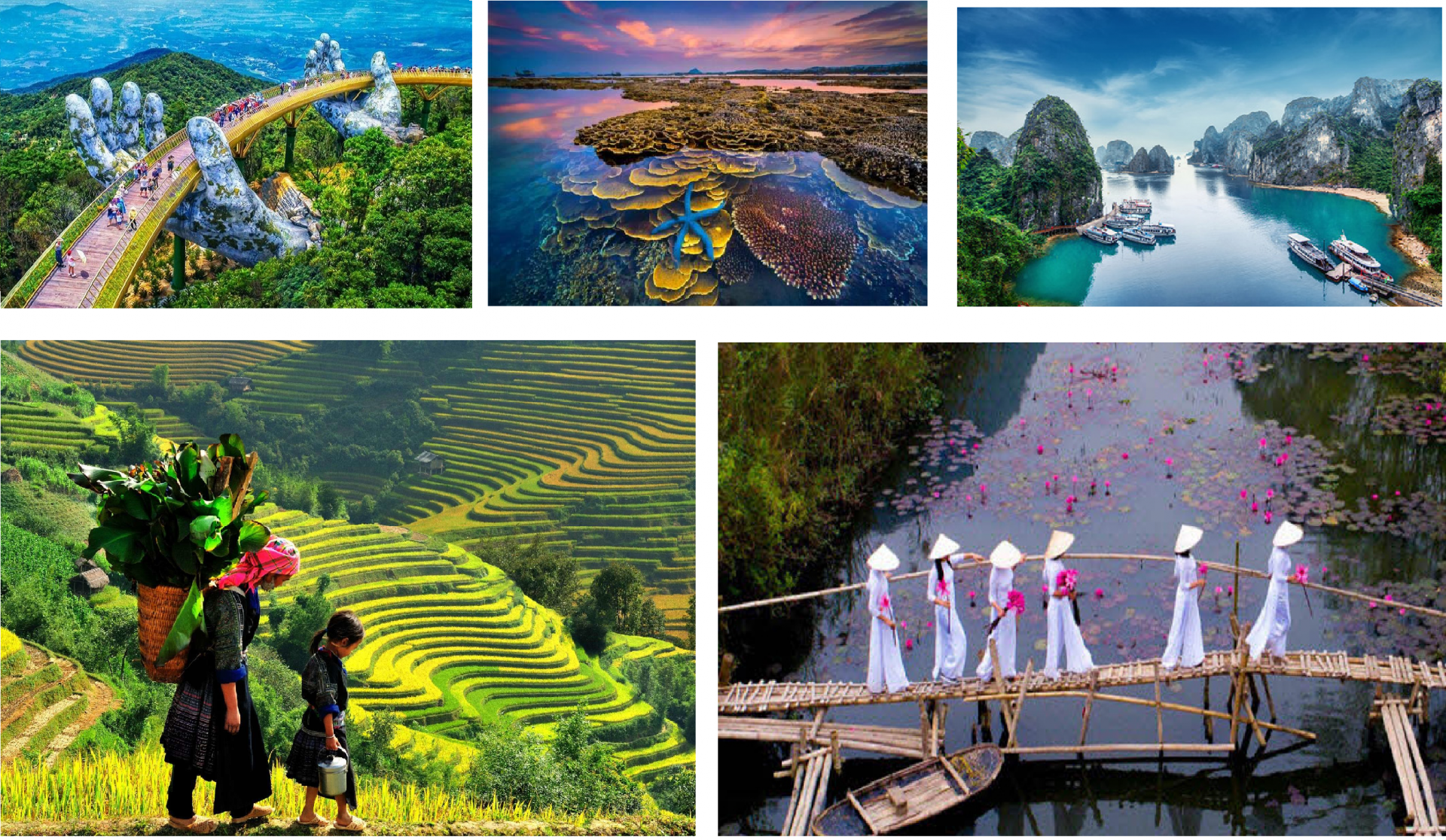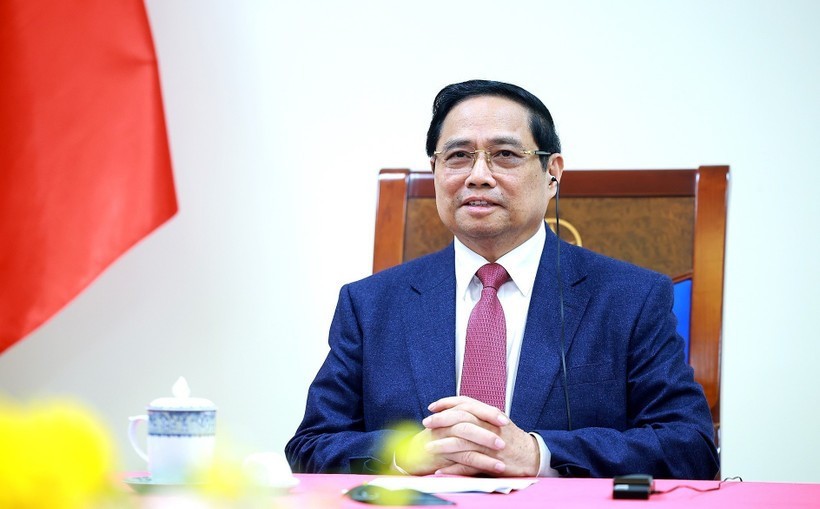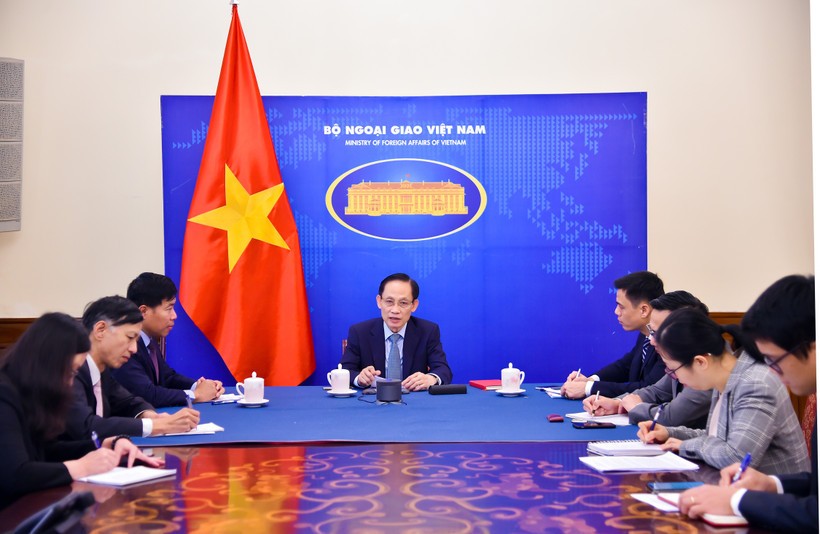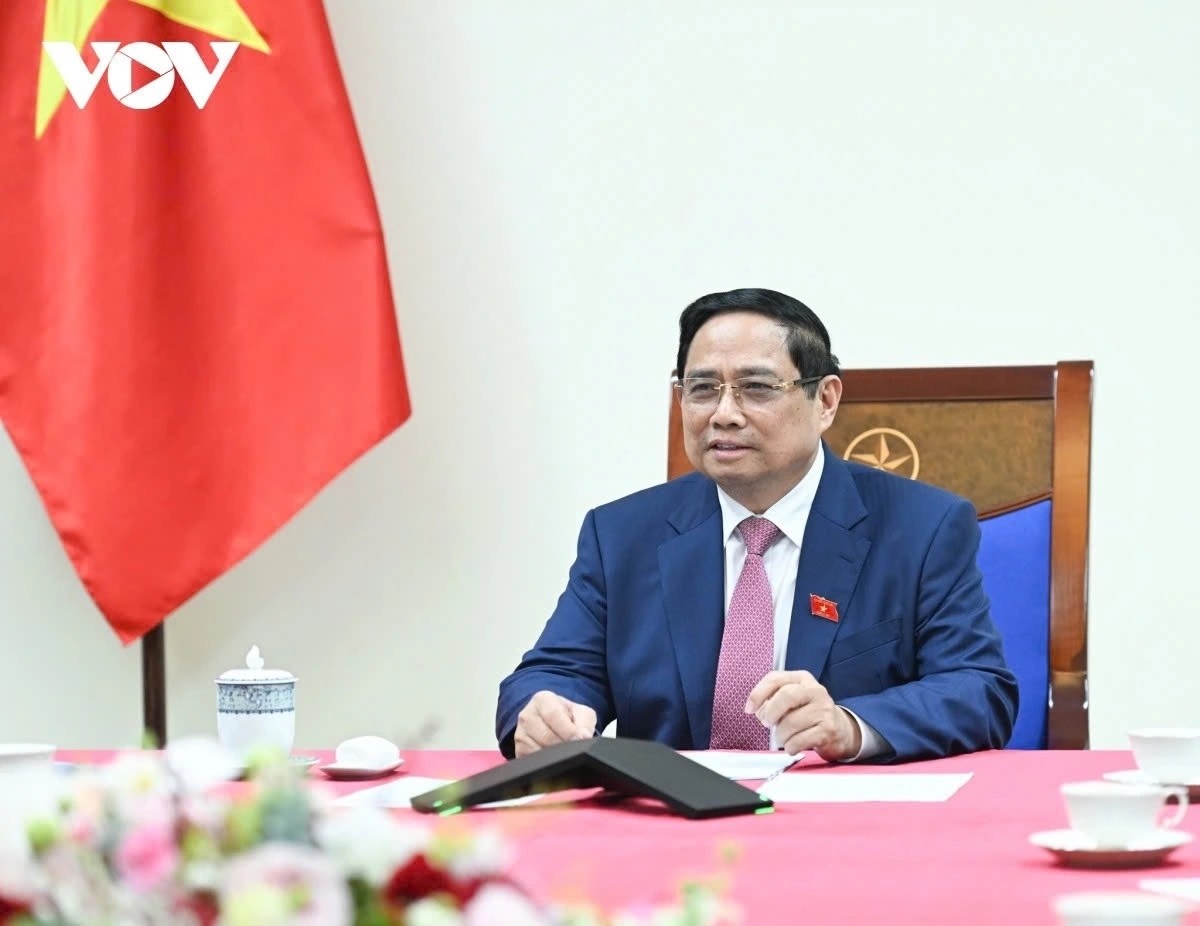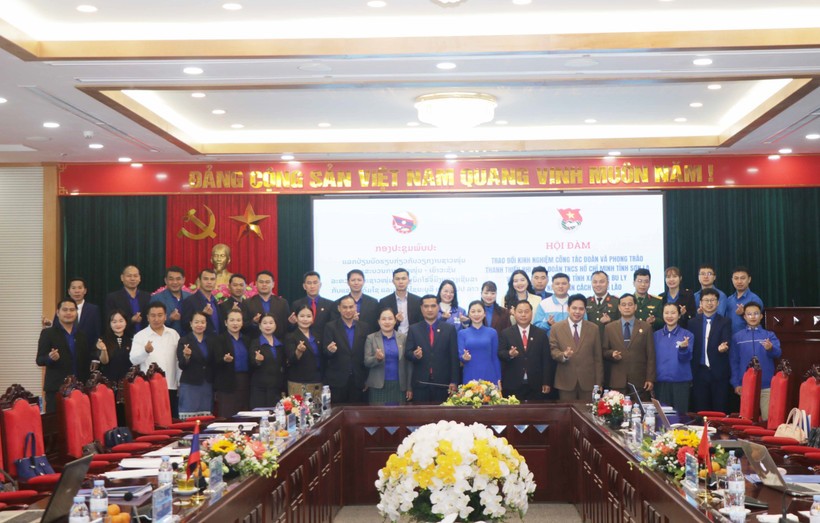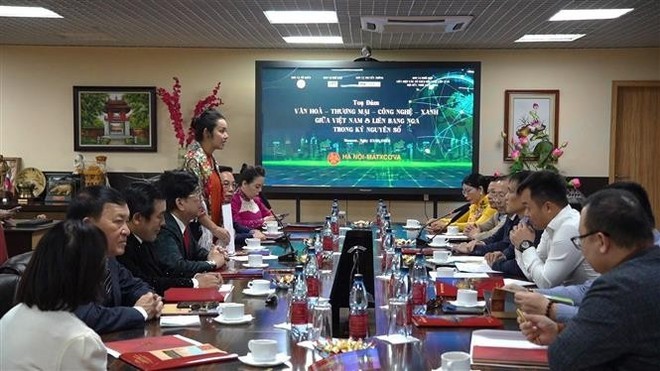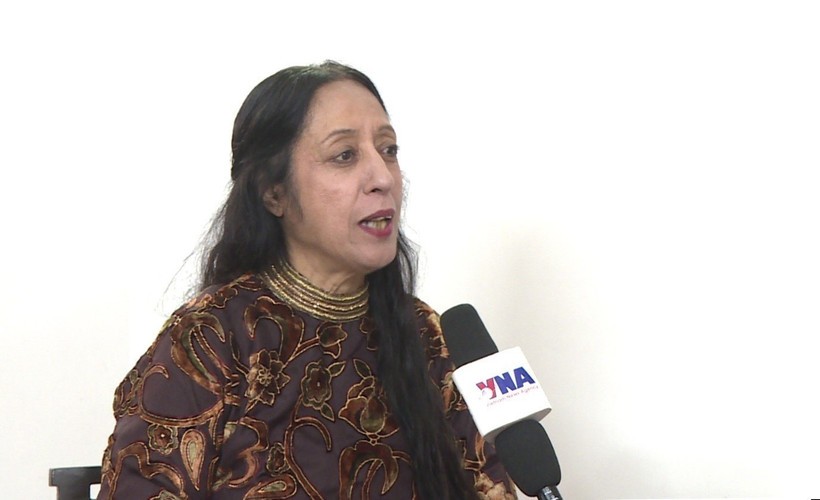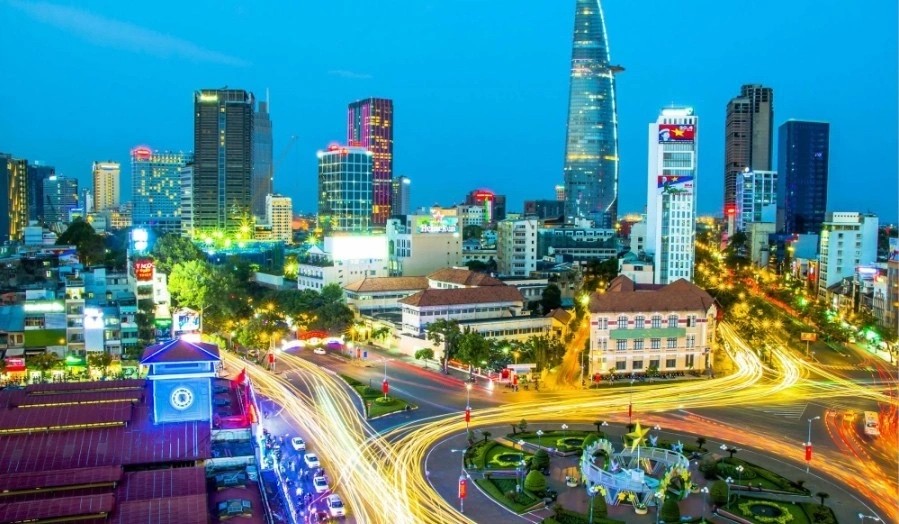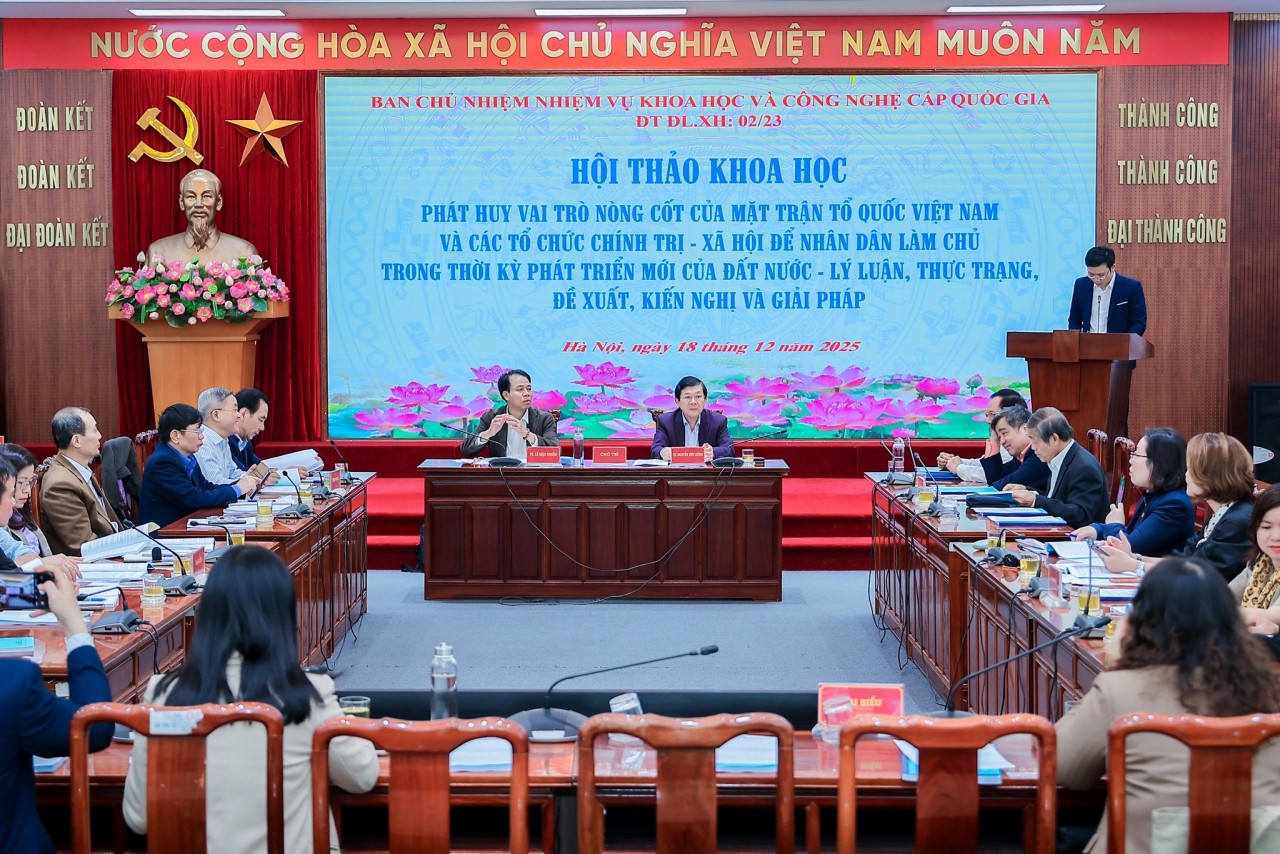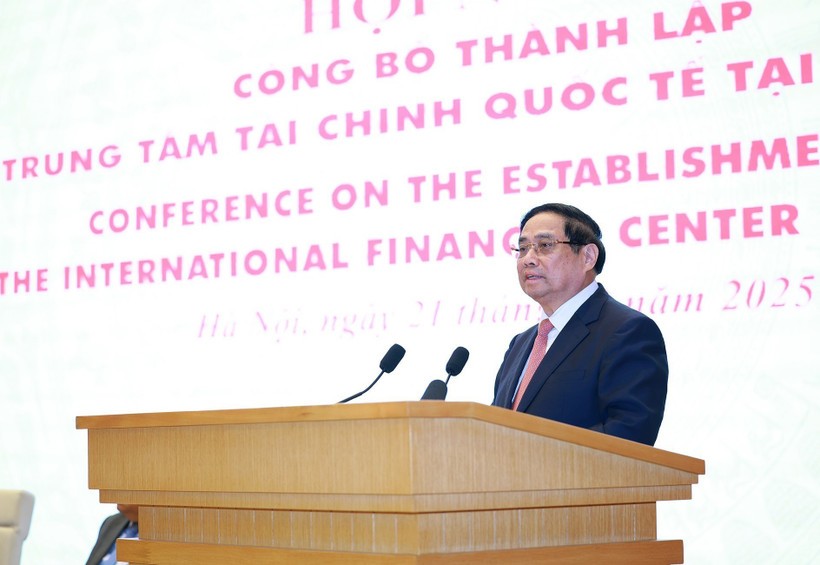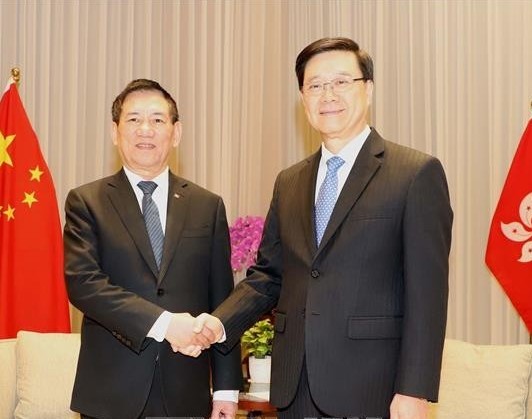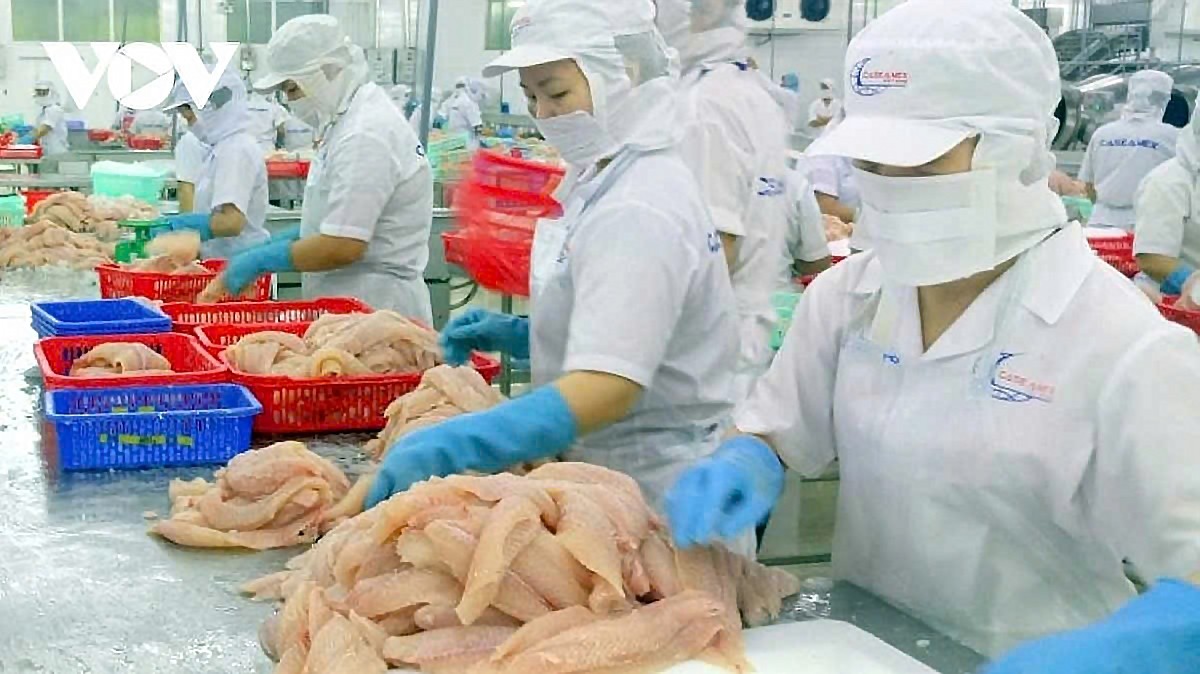Association pledges to strengthen Vietnam – Japan business connectivity
The Executive Board for the 2025–2028 tenure of the Vietnam Business Association in Japan (VJBA) made its debut in Tokyo on October 6, marking a milestone for Vietnamese enterprises in Japan as they continue to grow and accompany businesses in the homeland in a new era of development.
Established in September 2013, the VJBA has steadily expanded in both scale and scope of activities. The association now has 41 members, fulfilling its mission and serving as a reliable support network for Vietnamese companies and entrepreneurs operating in Japan. It also plays a crucial role as a bridge connecting businesses from both countries.
Reviewing the association’s performance during the 2023–2025 tenure, Standing Vice President Dinh Anh Minh said the VJBA has expanded its network by admitting 12 new members. It has also enhanced trade promotion between Vietnam and Japan, fostered bilateral cooperation, and supported the business community, reported VNA.
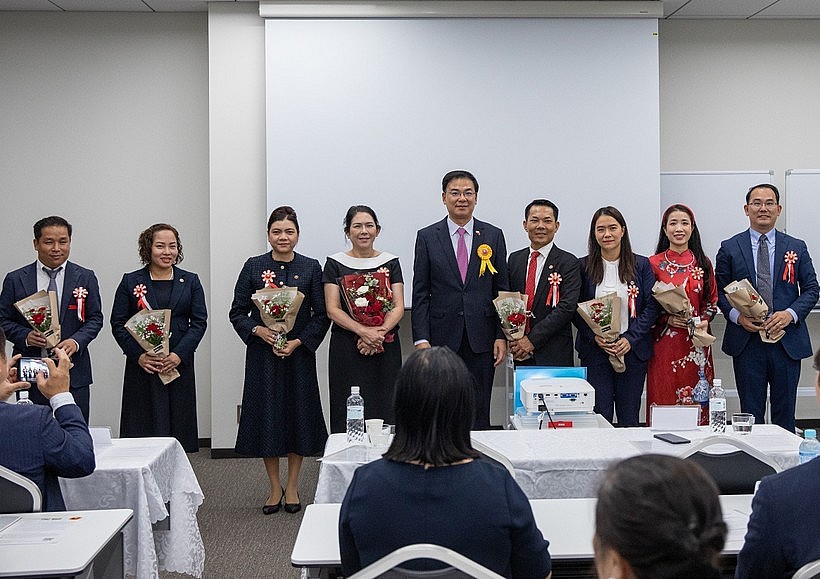 |
| Vietnamese Ambassador to Japan Pham Quang Hieu (center) presents flowers to congratulate the new Executive Board of the Vietnam Business Association in Japan. (Photo: VNA) |
In addition, Minh noted, the VJBA has actively participated in community activities, raising over 2 million JPY (13,300 USD) to assist Japanese and Vietnamese people affected by the Noto Peninsula earthquake, donating more than 300 million VND to central Vietnamese localities hit by Typhoon Yagi, and sponsoring cultural community events in Japan.
Building on these achievements, the VJBA has outlined its orientations for the new tenure, including strengthening business connectivity between Vietnam and Japan, promoting digital transformation and competitiveness among member enterprises, expanding strategic cooperation with both countries' authorities, and stepping up support for the Vietnamese community in Japan. The association also aims to increase its membership to 100 in 2026 through communication campaigns, networking, and practical assistance programs.
Speaking at the event, Vietnamese Ambassador to Japan Pham Quang Hieu praised the VJBA’s role, position, and accomplishments, expressing his hope that the association will continue to grow in both size and quality. He reaffirmed the embassy’s commitment to accompanying Vietnamese businesses and entrepreneurs in Japan and to creating the best possible conditions for their future development.
On behalf of the new nine-member Executive Board, VJBA President Tong Thi Kim Giao, Director of Motiti Group, pledged to advance the association and contribute to the development of the Vietnamese community in Japan, as well as to the relationship between the two countries.
Vietnam’s new visa policy drives record surge in European tourists
According to the General Statistics Office, Vietnam received 1.5 million foreign visitors in September 2025. Although this figure represents a 9.6% decrease compared to August, it is still up 19.5% from the same period last year.
In total, more than 15.4 million international tourists arrived in Vietnam between January and September, marking a robust recovery for the tourism industry.
Favorable visa policies, aggressive tourism promotions, and vibrant cultural events celebrating national holidays have played key roles in attracting visitors.
Significantly, European visitors showed the strongest growth. Nearly 1.91 million arrivals from Europe were recorded in the first three quarters, a jump of 34.9% from the previous year. Asia remained Vietnam’s largest market with 12.24 million arrivals (up 20.9%), followed by Oceania with 445,000 (up 13.7%) and the Americas with about 800,000 (up 8.5%).
In the third quarter alone, Vietnam welcomed 568,370 European tourists, up 38% from the previous quarter and an impressive 60.1% higher than the same period in 2024.
Growth was recorded across almost all major European markets: Russia rose by over 245%, Poland by 55%, the Netherlands 35.1%, Switzerland 32.9%, the Czech Republic 32.6%, France 32.3%, Belgium 30.6%, the UK 29.2%, and Germany 23.9%. Other European markets saw a combined increase of 63.4%.
According to the General Statistics Office, the strongest-performing countries were those recently granted visa exemptions from August 15, 2025 - including Belgium, Bulgaria, Croatia, the Czech Republic, Hungary, the Netherlands, Poland, and Switzerland - with a stay period of up to 45 days. Western European nations that had long enjoyed visa waivers also continued to post strong growth, cited VNN.
 |
| Achieving the goal of 25 million international visitors in 2025 remains a major challenge for Vietnam’s tourism sector. Photo: NIA |
Government-backed marketing campaigns and destination promotions have further bolstered Vietnam’s global image.
To achieve the ambitious goal of 25 million foreign visitors in 2025, as set by the Government’s Resolution No. 5, the tourism industry needs to attract an additional 9.6 million tourists by year’s end - equivalent to about 3.2 million per month.
Pham Ha, Chairman of Lux Group, said attracting international visitors requires expanded visa exemptions and incentive programs such as complimentary domestic flights or hotel stays. “These measures could create breakthroughs in attracting large-source markets like India and China,” he suggested.
He noted that even if Vietnam falls short of the 25-million target, a 30% increase in tourism revenue would still be a strong outcome for the industry.
To achieve sustainable growth, Ha emphasized the importance of targeting high-spending travelers. “Typically, luxury tourists account for around 5% and high-end visitors about 10% of total arrivals,” he explained. “We need strategic products and marketing approaches tailored to affluent travelers - so that they’re willing to spend to the very last dollar before leaving Vietnam.”
Deputy Director of the Vietnam National Authority of Tourism, Ha Van Sieu, urged travel businesses to accelerate digital transformation and online sales, open more direct international routes in partnership with airlines, and develop charter flights from emerging markets such as India, Russia, Australia, and the United States.
Extreme weather to persist in Vietnam, authorities warn of more storms ahead
From now until the end of 2025, the number of storms and tropical depressions in the East Sea is expected to be higher than the multi-year average, while cold air fronts are forecast to increase in both intensity and frequency from October, earlier than usual, according to the Department of Hydrometeorology.
Natural disasters in the first nine months of 2025 have shown abnormal, complex, and increasingly extreme patterns compared to previous years, said Hoang Duc Cuong, deputy director of the Department of Hydrometeorology, at a press briefing in Hanoi on October 6.
The northern, north-central, and central coastal regions of Vietnam have been severely affected, with disasters occurring outside of typical seasons, intensifying in severity, and impacting larger areas, he said.
By the end of September, 11 storms and four tropical depressions had formed over the East Sea, significantly higher than average, with six directly or indirectly affecting Vietnam. Notably, Super Typhoon Ragasa that battered Vietnam on September 25 reached wind speeds of more than 200km/h, making it the strongest storm ever recorded in the East Sea. Although it weakened before landfall, it underscored the growing threat of super typhoons amid climate change.
Few days later, Typhoon Bualoi made direct landfall across central Vietnam, bringing widespread torrential rain of 300–600 mm, strong winds, and triggering large-scale flooding, landslides, and flashfloods from the northern to central regions. This was one of the most anomalous and extreme storms observed, VOV reported.
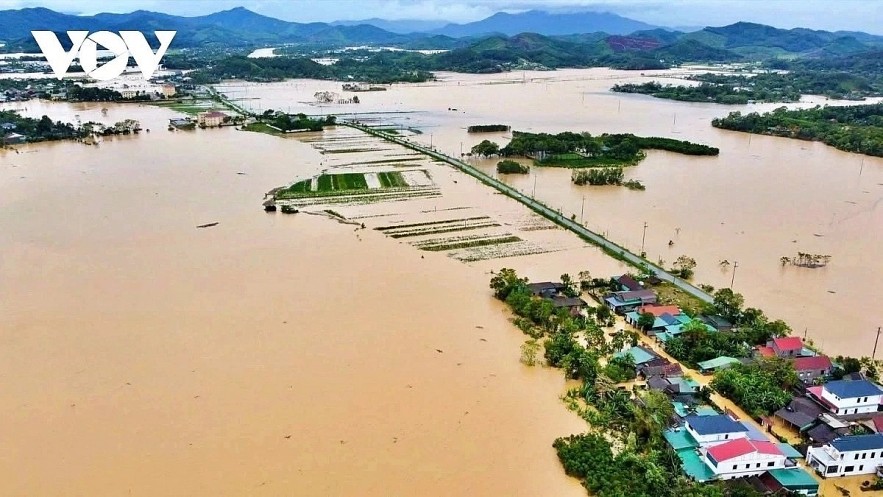 |
| Typhoon Bualoi, followed by heavy rain, has caused severe flooding in many parts of central Vietnam. |
Since the beginning of the year, Vietnam has experienced 14 widespread heavy rain events, including two rare out-of-season occurrences in May and June. Two particularly destructive storm systems - Typhoons Kajiki and Ragasa - caused overlapping natural disasters within just a month.
Looking ahead, the agency forecast that extreme weather patterns would persist in the remaining months of the year. From October to December 2025, storm activity in the East Sea will likely be above average, with 4–5 storms expected, including 2–3 that may directly impact Vietnam. The ENSO phenomenon is projected to remain in a neutral state, leaning toward a La Nina-like pattern, though not yet reaching full La Nina conditions.
Cold air fronts are anticipated to strengthen from November through December, with the first cold spell likely to hit northern Vietnam in the second half of December, roughly in line with historical averages.
From now until the end of the year, central Vietnam is likely to face more spells of heavy rain. The peak of the storm and flood season is expected to hit the area from Ha Tinh to Hue, and the eastern parts of provinces from Quang Ngai to Khanh Hoa between October and mid-December.
 | Vietnam News Today (Oct. 3): Vietnam Braces for New Tropical Storm Vietnam News Today (Oct. 3): Vietnam, Mongolia seek to boost multifaceted cooperation; Da Nang trade connection conference highlights export opportunities; Vietnam’s global role, growth renewal ... |
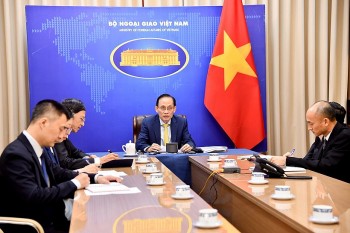 | Vietnam News Today (Oct. 4): Vietnam, Thailand Seek Measures to Intensify Bilateral Collaboration Vietnam News Today (Oct. 4): Vietnam, Thailand seek measures to intensify bilateral collaboration; New World Phu Quoc Resort among Asia’s top kid-friendly family stays; Vietnam, ... |

